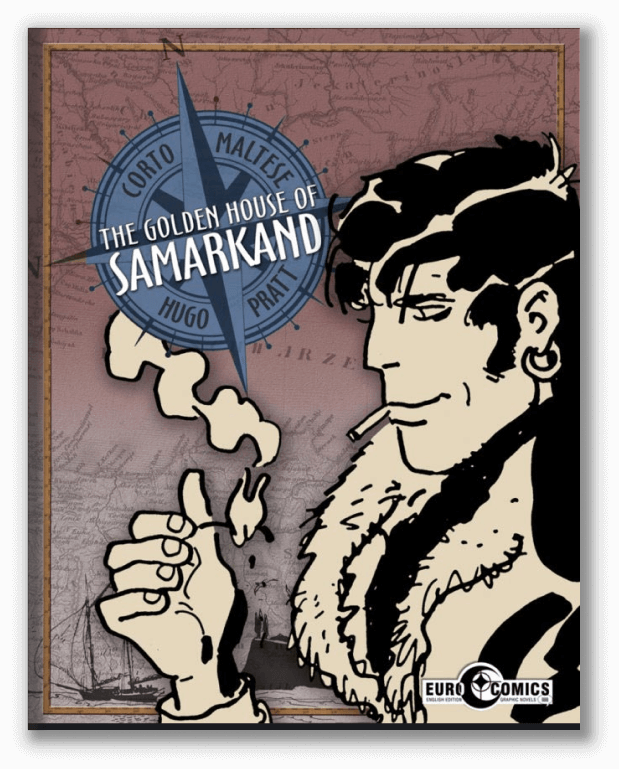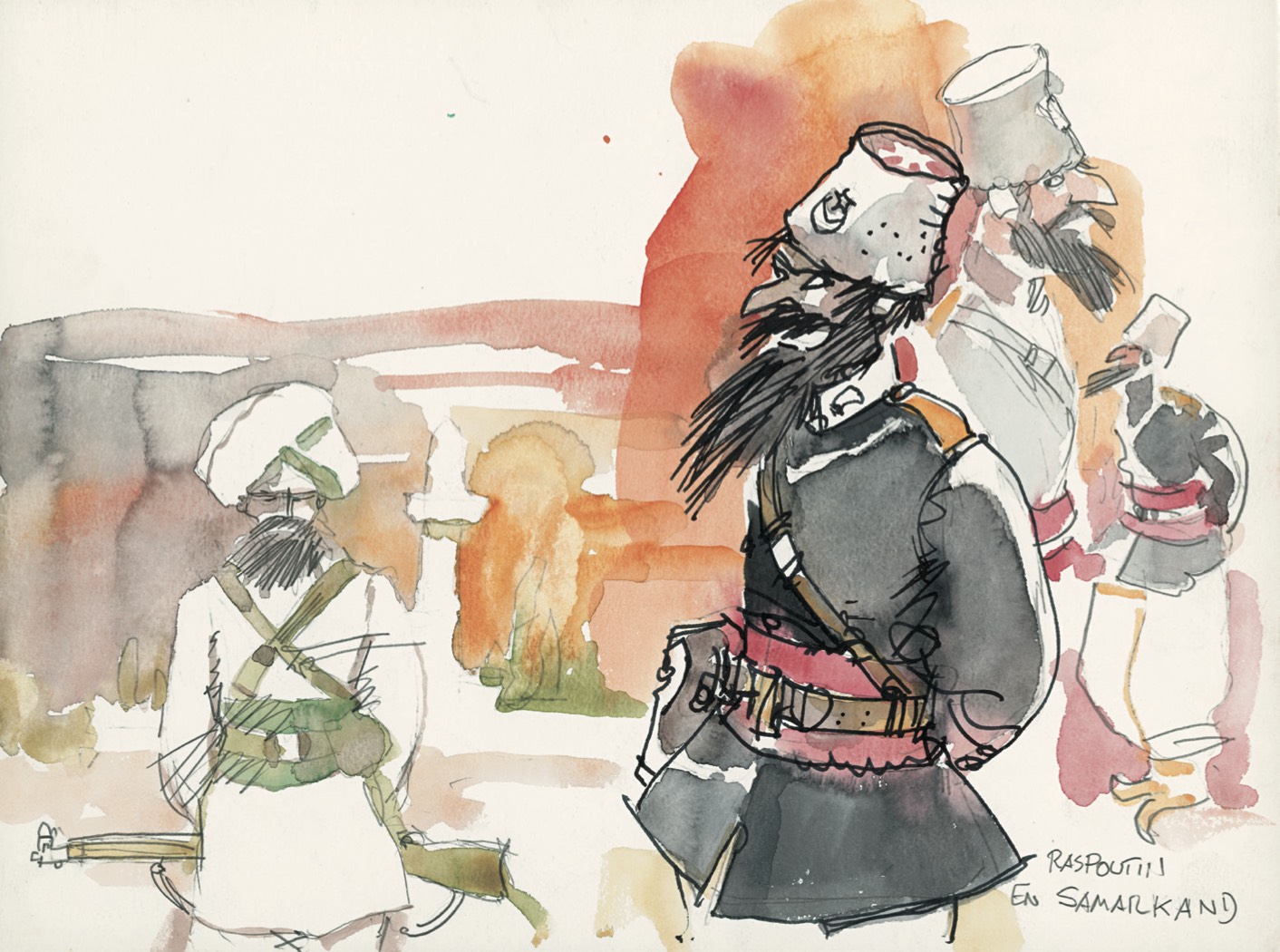Select your language:
Follow us:
Select your language:
Follow us:

Language
Format
Pages
Publisher
Year
Type
It is a manuscript by Lord Byron, hidden in the dome of the mosque of Platano on the island of Rhodes, that starts off this long adventure, set in the years 1921-1922. The action then shifts to Turkey, Azerbaijan and the Caspian Sea thus partly following the legendary Silk Road. Corto Maltese is in search of the fabled treasure of Alexander the Great (of which he will only manage to catch a glimpse). The adventure contains a mix of fascinating characters and situations. The Whirling Dervishes, devil worshipers and the sect of the Hashishin are all involved as the action moves around the various armies at war in the area. When Corto is captured by the Bolsheviks, he is saved from execution by making a call to Joseph Stalin (with whom he is on first-name terms).
Among the old favorites Venexiana Stevenson reappears; in this story his old enemy has an ambiguous though secondary role. Rasputin also makes a comeback having just escaped from the dreaded prison known as “The golden house of Samarkand” (which gives the story its title). Timur Chevket, a Turkish revolutionary who is identical to Corto Maltese, provides Pratt with an opportunity to explore the theme of a dual personality. Corto tries to avoid him at all costs, mindful of the warnings he had been given by his mother who had always told him never to come face to face with his look- alike as this would bring about future misfortune. Finally Corto and Rasputin are witnesses to the end of Enver Bay (or Enver Pascià) the Turkish general who rides his white horse Derviche against the Soviet machine guns at a gallop, with his sword raised.
RECURRING CHARACTERS IN “THE GOLDEN HOUSE OF SAMARKAND”: RASPUTIN, VENEXIANA STEVENSON

Related operas